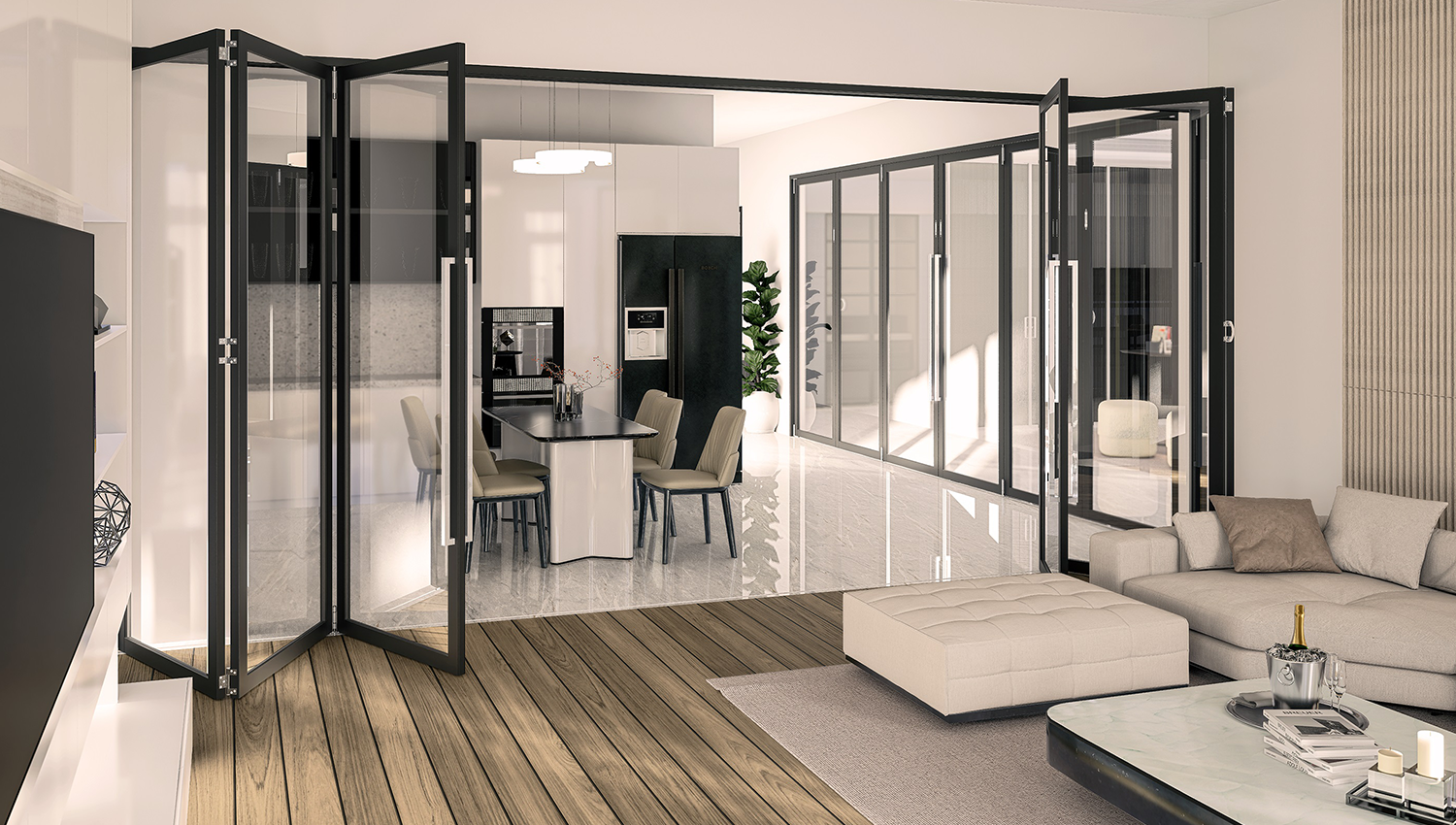
What do the most famous companies in the world – such as Google, Red Bull and Pixar – have in common? High employee engagement and innovative office design.
Employee engagement describes the relationship between an organisation and the people who work for it; the more positive the relationship, the more beneficial it is to both parties. Workers who feel genuine work satisfaction and strong identification with their company will strive to further the company’s reputation and interests. This results in increased productivity, customer-focus and profits.
Employee engagement can’t be forced and it doesn’t come down to one single factor. Companies can, however, provide a physical environment that encourages its development. We take a look at how the most famous offices in the world have done so in their office design
Encouraging focus and collaboration
Today’s office should enable workers to switch between two different modes of work: solitary tasks and collaborative work. Though they seem oppositional, these modes are actually complementary and can enhance each other – employees who are able to focus on independent work are also more able to collaborate, socialise and learn. They’re also more likely to feel engaged and effective at work.
A design that fosters both modes with a mixture of work stations, meeting rooms and spaces to socialise is known as a “balanced” workplace. Get this balance right and your employees will thrive. Conversely, a lack of balance has a serious effect on your workers: an office that’s too open results in difficulty concentrating; too closed and it stifles communication and innovation.
The Red Bull offices in London are a great example of balance, with clearly delineated and spacious meeting rooms plus an open foyer with space for people to sit and chat in groups. The Pixar offices in California show a different take, offering workspaces that are separate without feeling closed off and antisocial, as well as funky meeting rooms that are fun to walk into and hang out in.
Company culture and the interactive office
Employees spend a lot of time at the office. To make them feel valued and welcome, your office space needs to be more than a workmill. Your interior should reflect the company’s unique values and culture, reminding the employee as soon as they walk in why they work there.
An interactive environment – for example, having slides to get to different levels like Google, or installing swings as Box has done – might sound gimmicky, but it creates interest and excitement in the workplace and sets the company apart. Workers will feel pride in their company and look forward to coming to work every day. Blending a playful environment with a work one in this kind of way also encourages sociability between your employees, creating an atmosphere in which collaboration and communication can bloom. It also produces a “tight-knit” feeling between workers as members of the same company “team”.
Egalitarian atmospheres
The classic corporation structure has been all about hierarchy, with office real estate doled out by rank: from top executives in huge corner offices with views across the city down to lowly clerks crammed together in grey rows.
Many contemporary corporations are moving towards a different, more egalitarian trend in their office designs, however. For example, Whirlpool Appliances renovated their Michigan global headquarters offices a couple of years ago to create a more open, collaboration-encouraging space with fewer separate offices. In a different approach, pharmacy benefits manager Express Scripts gives everyone the same size office, from the CEO right down the ranks. This gives all workers a sense of equal contribution to and stake in the fortunes of the company, encouraging engagement.
Which strategy suits your company best? We can help
These examples show how different companies, each renowned within their industries, have made employee engagement a central consideration in the design of their office space. Which of these design strategies would suit your company best? Or do you have a completely different vision in mind?
The answer will come from a combination of the physical space you have available, the industry your company belongs to and the kind of atmosphere you want to create. Criterion’s experts are here to guide you on the journey, providing the help and materials you need to create a truly engaging office that will deliver benefits for your employees and the company as a whole.

In the world of luxury residential design, every element must serve a dual purpose: stunning visual impact and flawless performance...

When we think of luxury homes, the focus often falls on architectural statement pieces – expansive glazing, bespoke joinery, or curated finishes...